Grass Seed Varieties
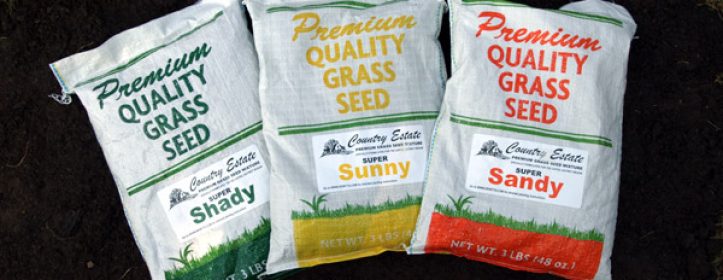
Annual Ryegrass
Germinates quickly. Best used as a temporary cover to hold an area together while more desirable turf grasses take hold. Needs lots of water and dies after the first season.
Creeping Red Fescue
Fine textured with a deep green color, red fescue grows well in full sun or shade. It is drought tolerant and grows well in acid soils. Tolerates light or infrequent feeding.
Hard Fescue
Widely adaptable to almost any light condition, hard fescues are also extremely disease and drought resistant. They also tolerate infrequent and irregular feedings.
Kentucky Bluegrass
Fine-bladed bluegrasses generally require lots of direct sun and need to be fed and watered in greater amounts and more frequently than other turfgrass types.
Perennial Bluegrass
Easy to germinate and establish, perennial rye is compatible with bluegrass and fescues. Provides a tough turf suited for a play area and tolerates some shade. It needs regular watering during dry periods and gets by on modest feeding. “Repell” is a new, insect repellent variety of perennial ryegrass.
Poa Trivialis
Also known as rough bluegrass, poa trivialis is the most shade tolerant of all the turfgrass types. IT is also tolerant of wet soil. It does not do well in full sun and must be watered during extended dry periods.
Tall Fescue
Renowned for durability, tall fescue is extremely drought resistant due to its deep extensive root system. This is the turfgrass of choice for a heavy use area where the need for durability outweighs concerns of appearance
Recent Posts
Recent Comments
- rusticbarn on Grass Seed Varieties
- Hewitt's on Grass Seed Varieties
- rusticbarn on Grass Seed Varieties
- Hewitt's on Share Your Experiences
- jackman1 on Share Your Experiences

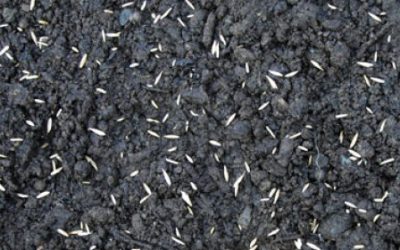
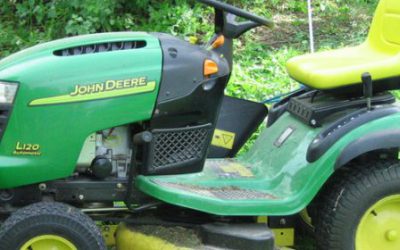
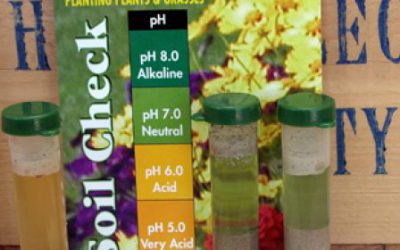

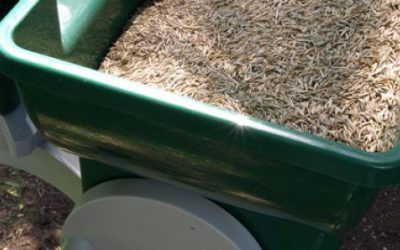
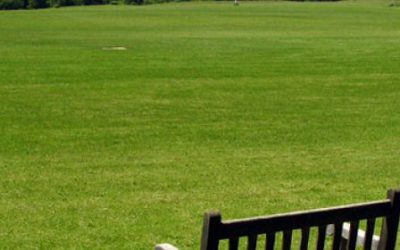
Can you describe which varieties are in each of those mixes? I was told by someone that the sandy type of seed is just a marketing ploy so I am interested to know why it’s better for sandy soils. I have sandy soil and also a mix of sun and shade so I’m trying to find the right seed. Thanks.
Sorry for the delayed response. I had a few days off.
We sell 4 different grass seed blends.
STURDY is a blend of about 75% high quality perennial ryegrasses, about 10%Turf quality tall fescue and 8.72% Bluegrass. It is a general purpose, inexpensive blend that will come up quickly due to all the ryegrass in the blend.
SUNNY is a blend of about 40% Bluegrass and the rest ryegrass. It does need sun. It is for the person who wants the look of a bluegrass lawn with the disease resistance of a blend. Bluegrass is a shallow-rooted grass that needs to be watered and fed regularly.
SHADY is a blend of 60% Red, Chewings, and Harpoon fescues with the rest being turf quality perennial ryegrass. The fescues in this blend can grow in areas that get no direct sunlight. It is the best choice for areas that are getting less than 30% sun or less. They will struggle in full sun.
SANDY (my favorite blend, unless it is full shade) is a blend of almost 80% turf quality tall fescues and the rest perennial ryegrass. These tall fescues are capable of putting roots deep into the soil 2’-3’ deep. They are also fine bladed and make a nice looking lawn. It is this deep root quality that makes turf quality tall fescues the best choice for sandy soils. Once established, they will require less watering and less feeding and will tolerate dry conditions better than the other blends. It is also quite adaptable to a wide variety of light conditions. It can grow in full sun down to as little as 30% sun. Less than that and SHADY becomes the better option.
If there is any “marketing ploy” involved in our calling this “SANDY” it is that it makes it easy for people with sandy soil to get the best blend for that application. We live in an area where there is a great deal of sandy soil (the Albany Basin was, after all, sand dunes at one time). Truth be known, the robust root system that SANDY creates makes it a great choice for a variety of soils including clay soils.
The addition of the perennial ryegrass is so that it will come up quickly (usually within a week depending on temperature) and act as a “nurse grass” for the slower-to-germinate fescues and bluegrasses which take twice as long to germinate and develop.
I hope this has answered your question.
Here’s a link to a blog post all about starting a lawn from seed that you might find helpful: https://blog.timesunion.com/gardening/starting-a-lawn-from-seed-its-time-to-get-crackin-2/7452/
Peter Bowden
Great, thank you for the information. It’s very helpful.